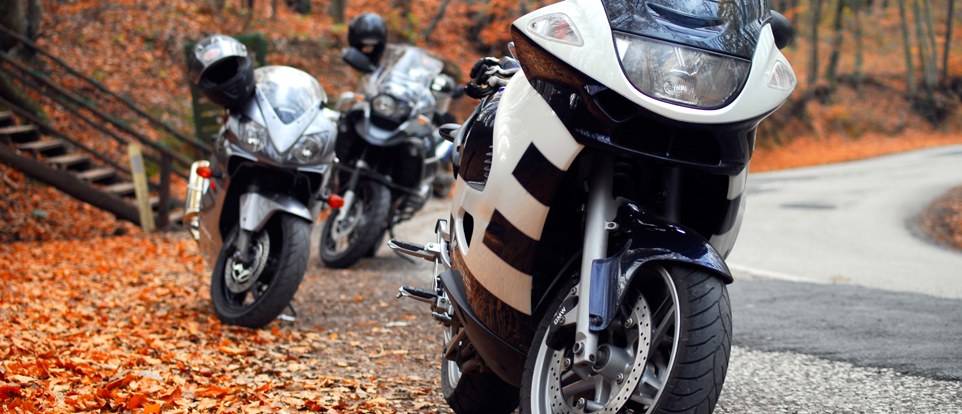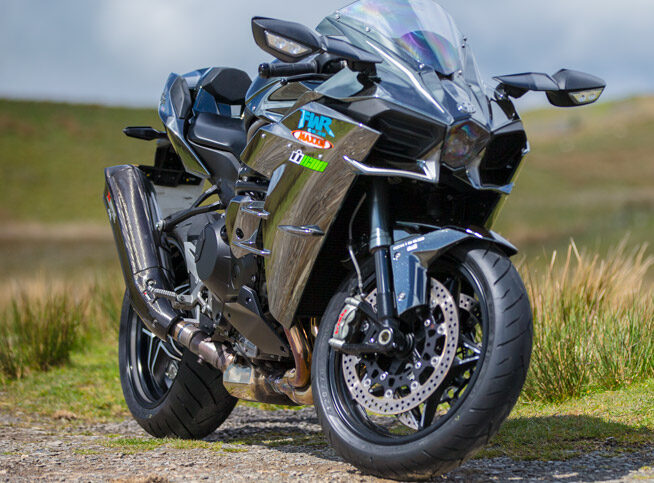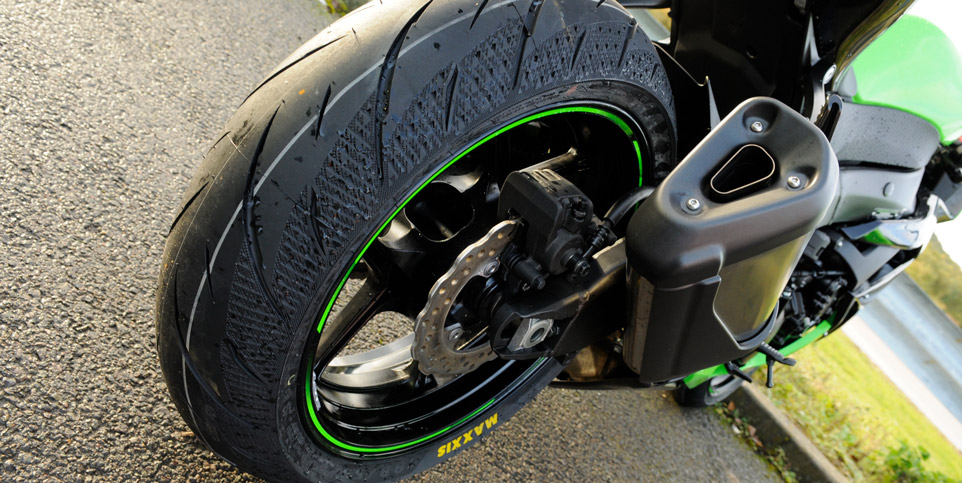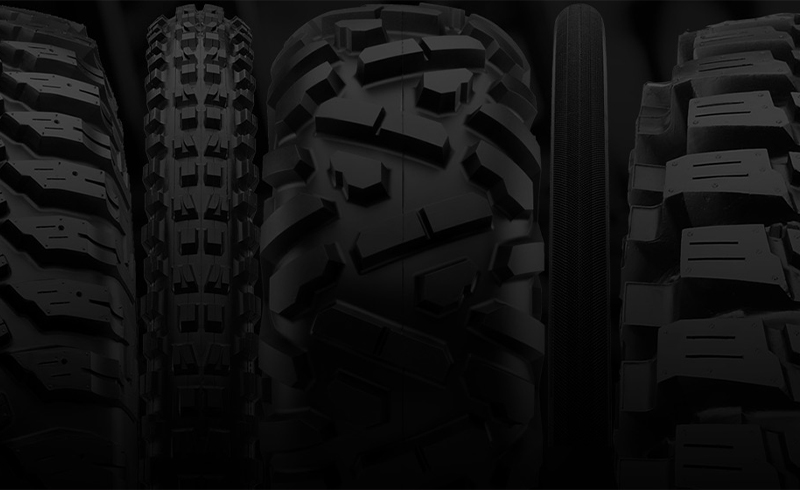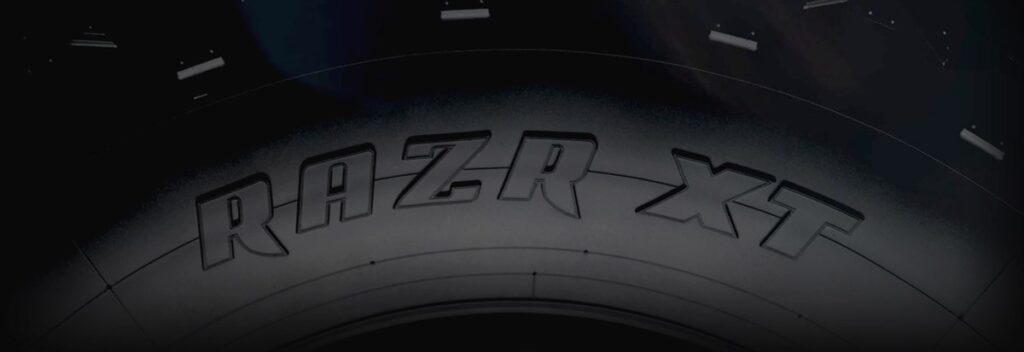MOTORCYCLE TYRE PRESSURES AND TREAD DEPTH
WATCH YOUR TYRE TREAD
The legal limit of tyre tread depth in the UK for motorcycles over 50 cc is 1 mm across ¾ of the width of the tread pattern and with visible tread on the remaining ¼. For motorcycles up to 50cc the law requires that all the grooves of the original tread pattern must be clearly visible. The legal requirements may differ in other countries.
Tyre treads are designed to give good wet grip but the road surface also plays a significant role in tyre to road adhesion. In general, wet grip decreases as tyre tread patterns wear down and as the depth of surface water increases. Riders should take this into consideration and reduce speed in wet conditions. Motorcycle tyres normally have tread wear indicators in the tread grooves and as these are approached, you should consider a replacement. Once the indicators are level with the tread surface the tyre should be replaced.










